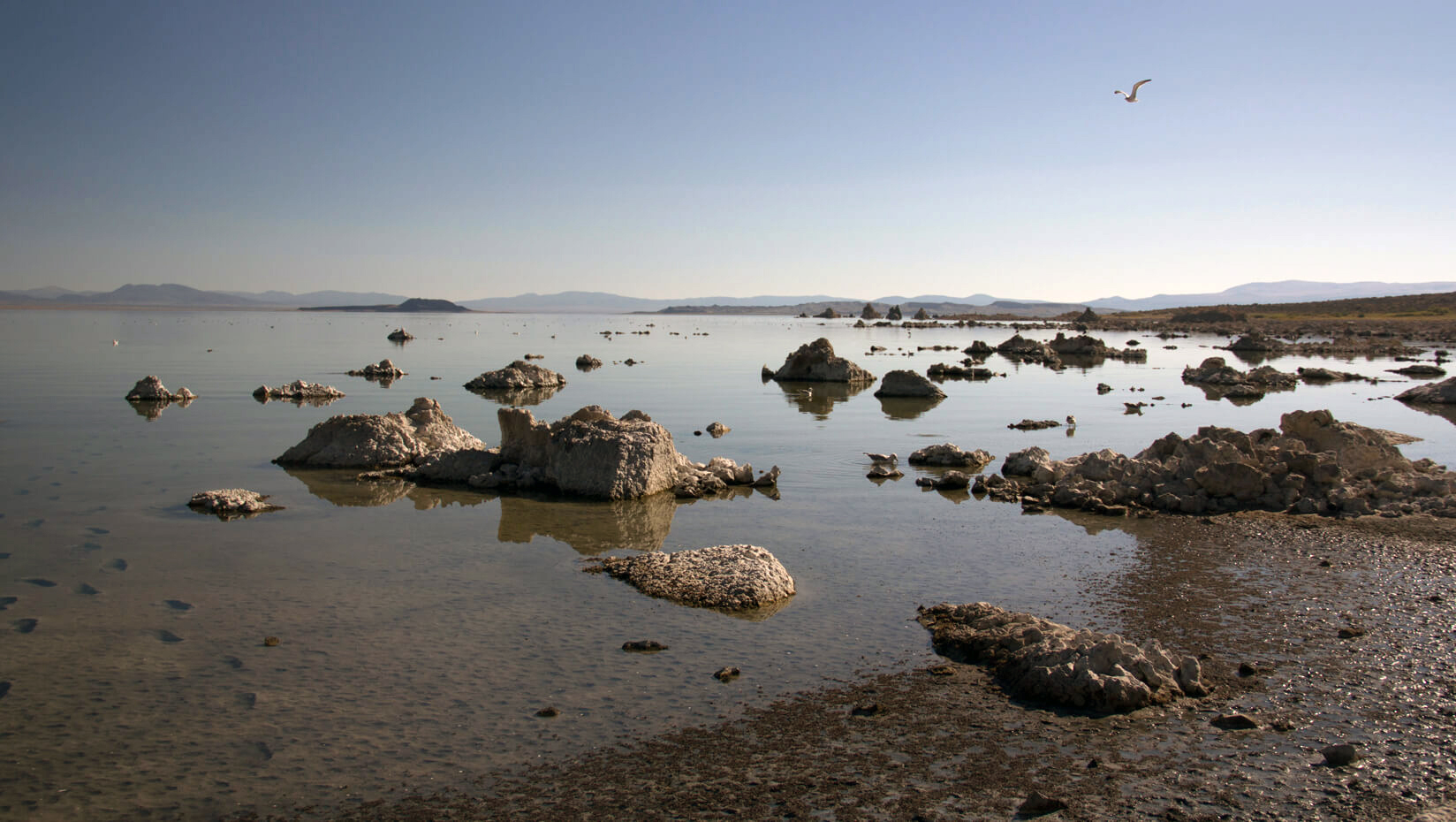
In a warmer world, expect the wet to get wetter and the dry to get drier
As the world warms due to human-induced climate change, variations in the global distribution of rainfall can be expected, impacting water resources in many places on Earth, according to a new study published in the journal Science Advances.
The researchers, led by University of Maine glacial geologist Aaron Putnam, predict a seasonal response in rainfall patterns as a result of overall global warming.
During the boreal, or northern hemisphere’s, summer, wet areas will get wetter and dry areas will get drier. However in the boreal winter, the Earth’s thermal equator, which governs the location of the planet’s rain belts and dry zones, will migrate northward as a response to differential heating between the hemispheres.
As a result, areas in the tropics will become much wetter and the drylands of the western United States, inner Asia and the Middle East will become even drier.
Putnam, a professor of Earth and climate sciences, and co-author Wally Broecker, Newberry Professor of Geology at the Lamont-Doherty Earth Observatory at Columbia University, find support for their predictions in the paleoclimate records that chronicle the abrupt warming of Earth’s climate during the transition out of the last ice age nearly 15,000 years ago.
As the Earth abruptly warmed at the end of the last ice age, sea ice in the northern hemisphere rapidly declined as Antarctic sea ice expanded. As a result, the northern hemisphere warmed more quickly than its southern counterpart.
The temperature contrast between the two hemispheres caused the thermal equator and the associated tropical rain belt and the mid-latitude jet streams to shift northward. This shift caused widespread changes in global precipitation, write the authors.
A similar situation may be setting up. Over the past 50 years, the middle and high latitudes in the northern hemisphere have warmed roughly twice as much as the corresponding latitudes in the southern hemisphere, and this disparity may continue to grow as Arctic sea ice continues to decline.
A smaller, seasonal north-south migration of the thermal equator occurs today. During the boreal summer months, the tropical and mid-latitude rain belts migrate north as the northern hemisphere warms. As it cools during the boreal winter months, the rains return south. However large-scale or abrupt heating and cooling events can force the migration for longer periods of time.
Paleoclimate records derived from polar ice cores, ocean and lake sediments, and even subterranean cave deposits throughout the world document the northward migration of the rain belts and paint a picture of widespread and long-term hydrological changes during an abrupt period of warming, known as the Bolling-Allerod, which lasted from about 14,600 to 12,700 thousand years ago.
In South America, areas on the northern extent of the tropical rain belt, near modern Venezuela show evidence of increased precipitation through amplified riverine runoff into the Cariaco Basin. While areas in northern South America became wetter, rivers in eastern Brazil slowed considerably and the large ancient Lake Tuaca in the Bolivian Andes dried up to a mere fraction of its Late Glacial Maximum size due the decline in Brazilian rainfall.
Areas in the mid-latitudes of the North America also show hydrological changes beginning at the same time. The level of Lake Lahontan in Nevada dropped significantly and stalagmite records in other areas of the American southwest suggest a sharp decline in winter precipitation.
On the other side of the Atlantic, sediment cores recovered from Lake Victoria suggest that it was completely dry before the northward migration of the thermal equator. Increased precipitation in East Africa after 14,600 years ago recharged rivers and caused the lake to fill.
In addition, geochemical evidence in stalagmites in Chinese caves as well as Greenland ice cores suggest an abrupt strengthening of the South Asian monsoons.
During a period of abrupt cooling known as the Little Ice Age from 1200 to 1850 A.D., this pattern reversed. During the Little Ice Age, the thermal equator shifted southward as a result of global cooling. The South Asian monsoons weakened and precipitation in the Peru increased.
Further evidence of a southward shift of the tropical rainbelt can be found in lake sediment cores from small islands in the equatorial Pacific. These records suggest that during the Little Ice Age, the rainbelt was displaced nearly 800 kilometers south of its current position.
While long-term migrations of the thermal equator are tied to the differential heating of the hemispheres, a warmer atmosphere, in general, will cause global precipitation to become increasingly focused on the tropics. Tropical areas will receive more net precipitation, but will do so at the cost of drier areas becoming more arid.
If the atmospheric conditions of the Bølling-Allerød can be used to predict what will happen to global rainfall patterns under human-induced greenhouse warming, we are likely to see significant changes to seasonal precipitation throughout the world.
Putnam and Broecker predict that as the atmosphere warms more quickly in the north than in the south, the thermal equator and tropical and mid-latitude rain bands will continue to march northward and migrate less-so south during the boreal winter months.
Contact: Beth Staples 207.581.3777; Walter Beckwith 207.504.6073
